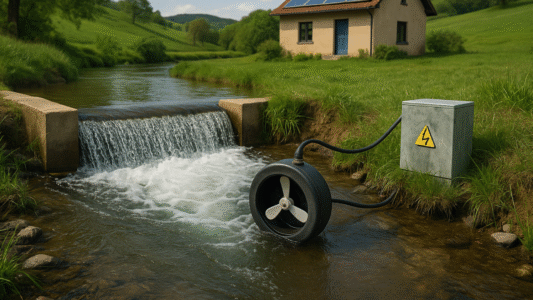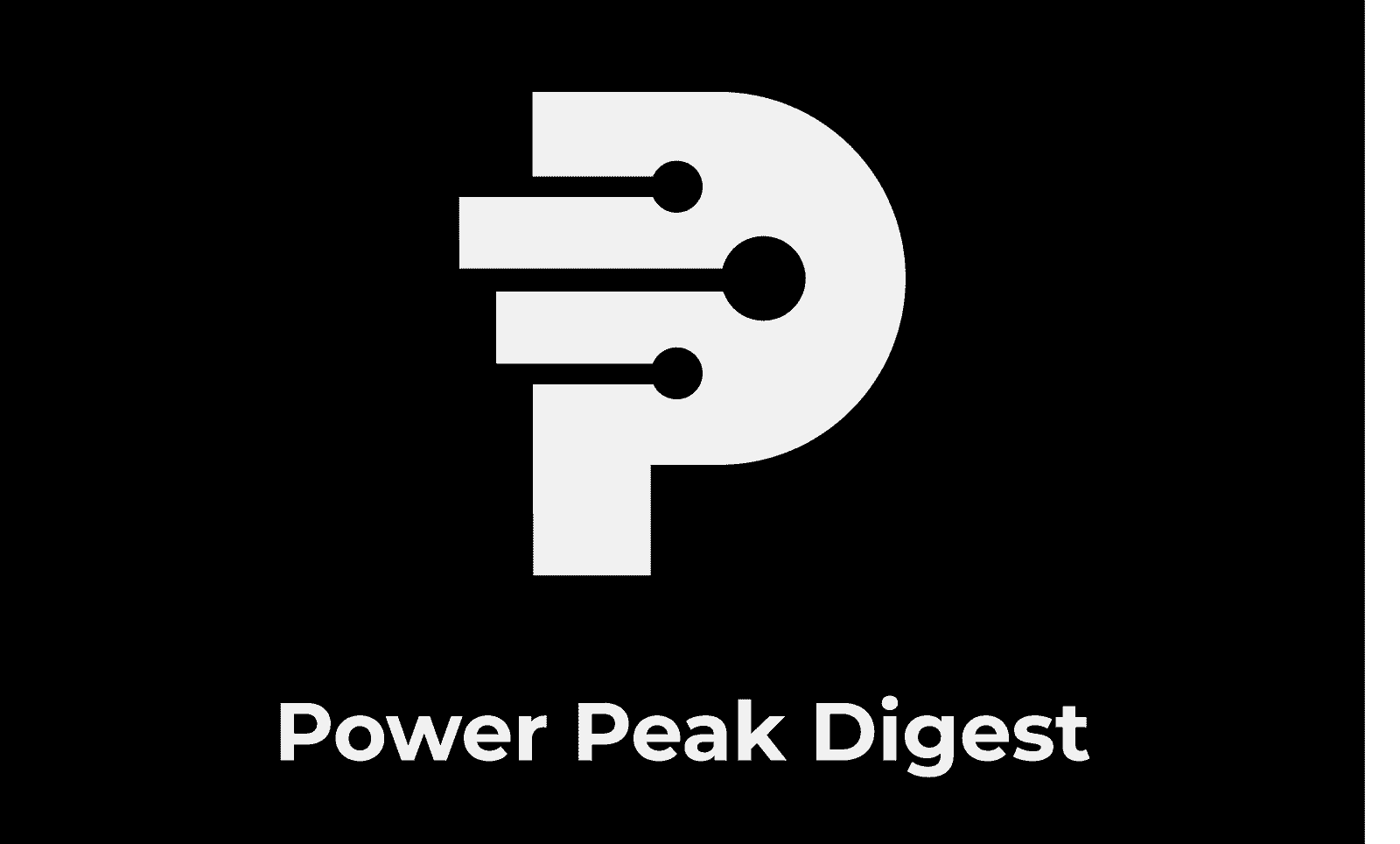Author: PPD Team Date: 23/05/2025

Solar panels are common in off-grid setups, but they do not work well in cloudy, shaded, or seasonal conditions. If your land has a nearby stream or river, small-scale hydro power may be a reliable alternative. This guide explains how to assess your site and choose the right hydro system.
Hydro power can offer continuous output where water flow is steady. But it is not as simple as placing a turbine in the water. Site geography, seasonal flow patterns, and system design all determine success.
A common question is: Can a river that floods in spring, slows to a trickle in summer, and freezes in winter power a home? In some cases, yes—but only with the right setup. Start by understanding two terms: head and flow. Head means the vertical drop between two points of water. Flow means the volume and speed of water in motion. Traditional hydro systems rely on high head. But new technologies can work even where head is minimal.
If your site lacks elevation drop but has strong flow during parts of the year, options still exist. Low-head or zero-head systems capture the kinetic energy of water movement. Submerged turbines—like underwater wind turbines—sit on the riverbed and generate power as water flows past. These do not need dams or diversions, making them suitable for sensitive areas or flood-prone zones.
Floating hydro systems are another approach. Turbines are mounted on platforms that rise and fall with the river. They are easier to install and maintain, especially in places with sediment buildup or changing water levels. While less efficient than traditional hydro plants, they can provide 100 to 500 watts—enough for lighting, charging, or refrigeration—especially when paired with battery storage.
If your land has at least 1 to 3 metres of head, a diversion channel or small weir can support a micro-turbine. Systems like PowerSpout or Stream Engine are designed for such conditions. These kits are widely used by off-grid homes, farms, and small resorts and can generate steady electricity when flow is consistent.
Hydro systems need to handle seasonal variation. Rivers in temperate zones may freeze in winter and flood during spring melt. In summer, flow may drop. Your system should use corrosion-resistant materials, secure anchoring, and elevated electrical components. Modular setups allow for easier removal and maintenance.
Transmission is also key. If the turbine is far from your home, electricity may need to be converted to high-voltage alternating current (AC) and stepped down at the house. For shorter distances, direct current (DC) with low-resistance cabling may be sufficient. Cables should be buried in conduit and protected from frost and shifting ground.
Because river flow varies, most hydro setups include battery storage. Excess energy during high-flow periods is stored for later use. Charge controllers protect the batteries from overcharging. Many users also install solar panels to supply power during dry seasons.
Costs for a basic small-scale hydro system typically range from approximately US$5,000–15,000. This includes the turbine, cabling, inverter, and battery storage. While this is more than a basic solar setup, hydro systems can run 24/7 during the flowing season. Over time, they may reduce battery size and generator fuel needs.
However, hydro is not right for every site. If your river dries up for months or flows too slowly, the return may not justify the cost. Check local regulations, some areas restrict turbine installations or water diversions.
For sites with a steady stream and a workable seasonal profile, hydro power can offer reliable, low-maintenance electricity. If your river flows often enough, and your system is built to handle seasonal changes, it may do more than just pass by—it could power your entire home.
Featured photograph is for representation only.
